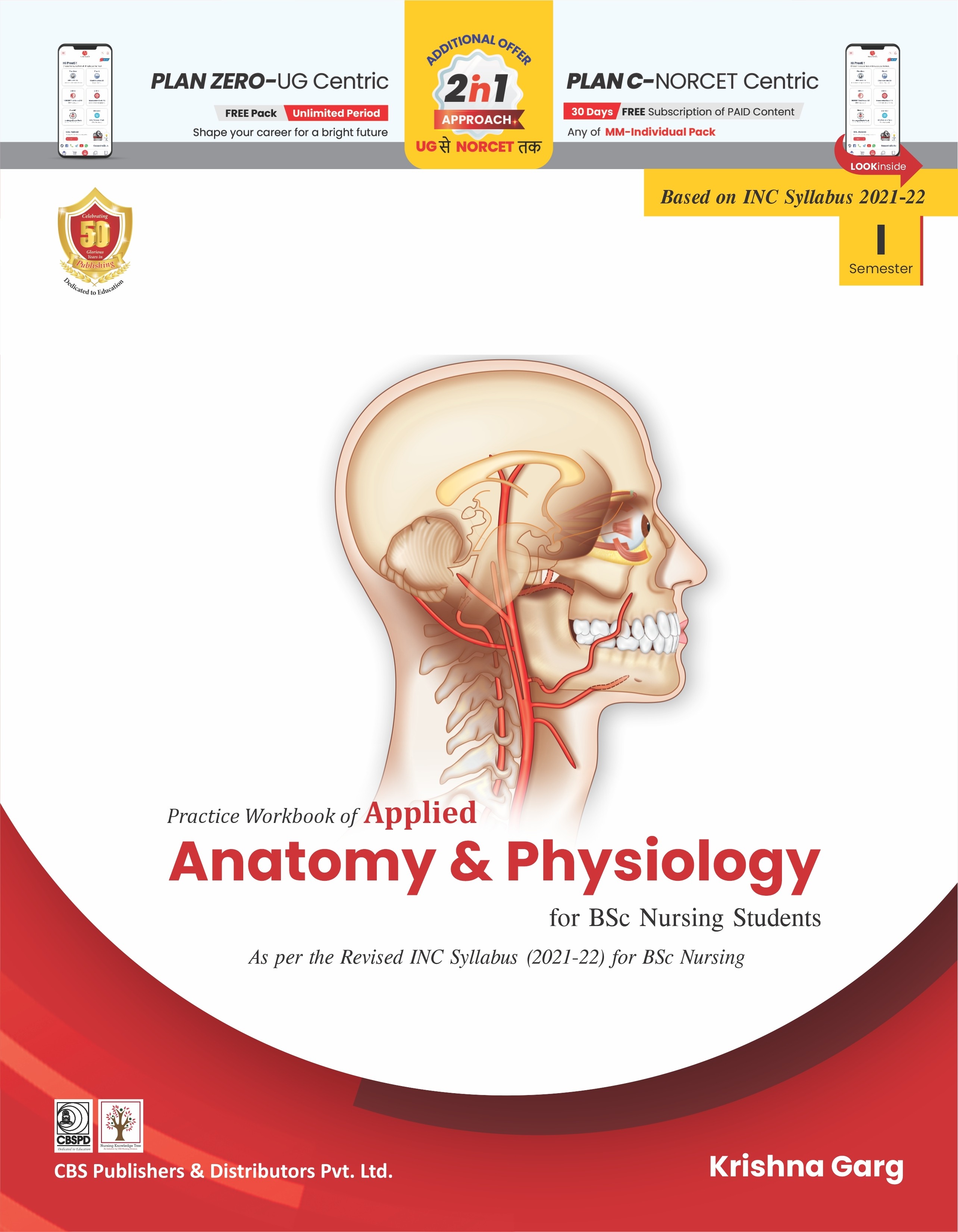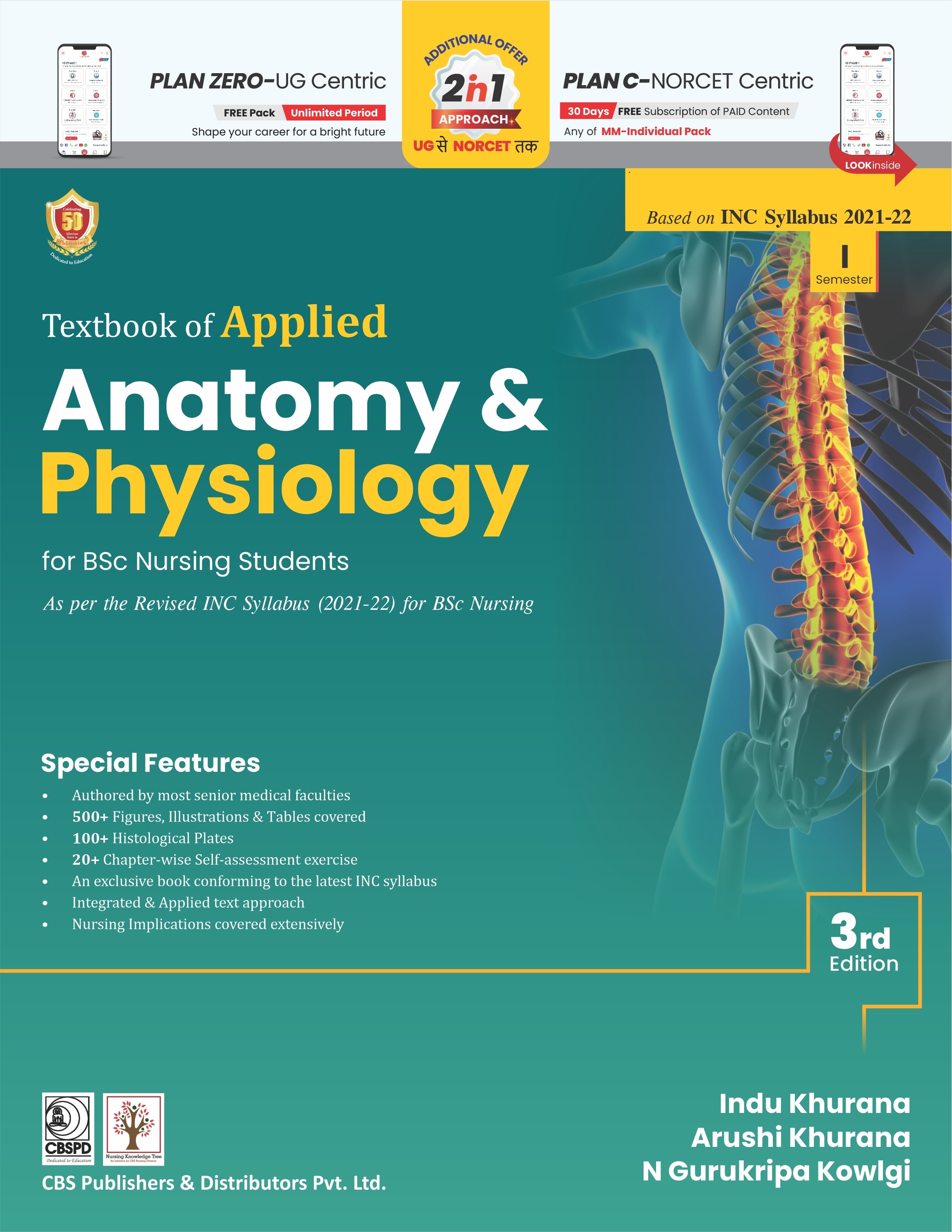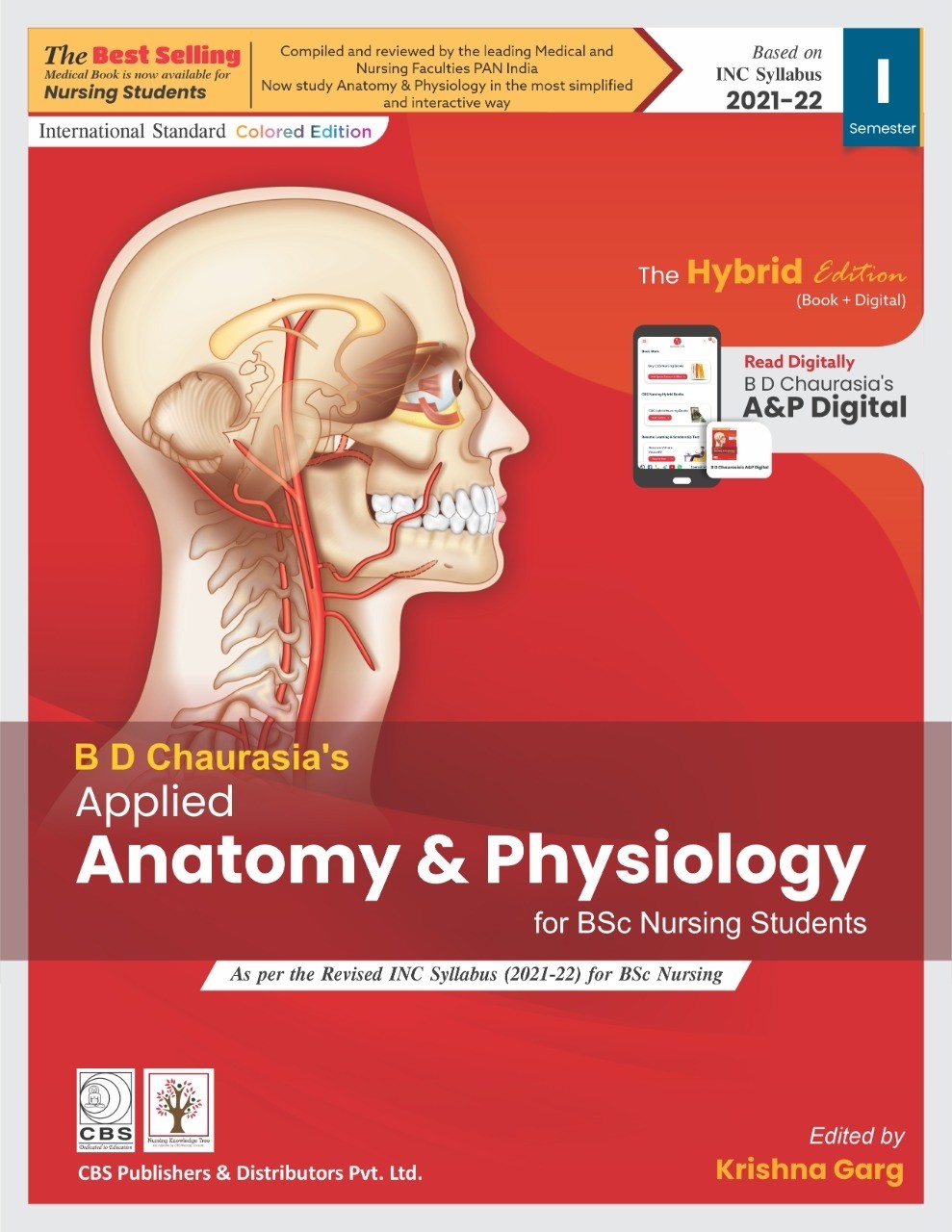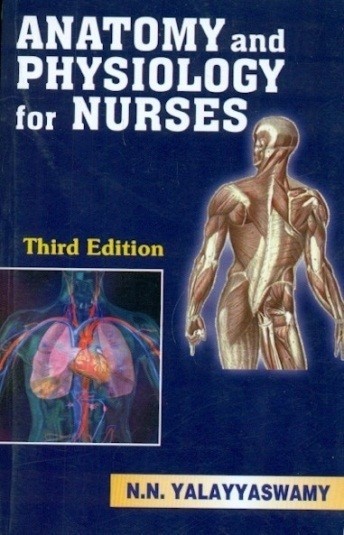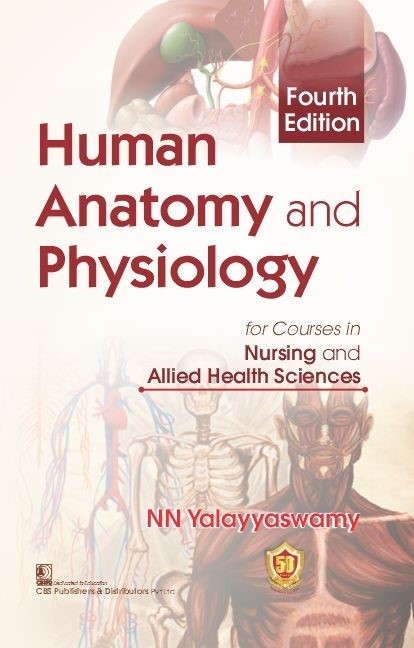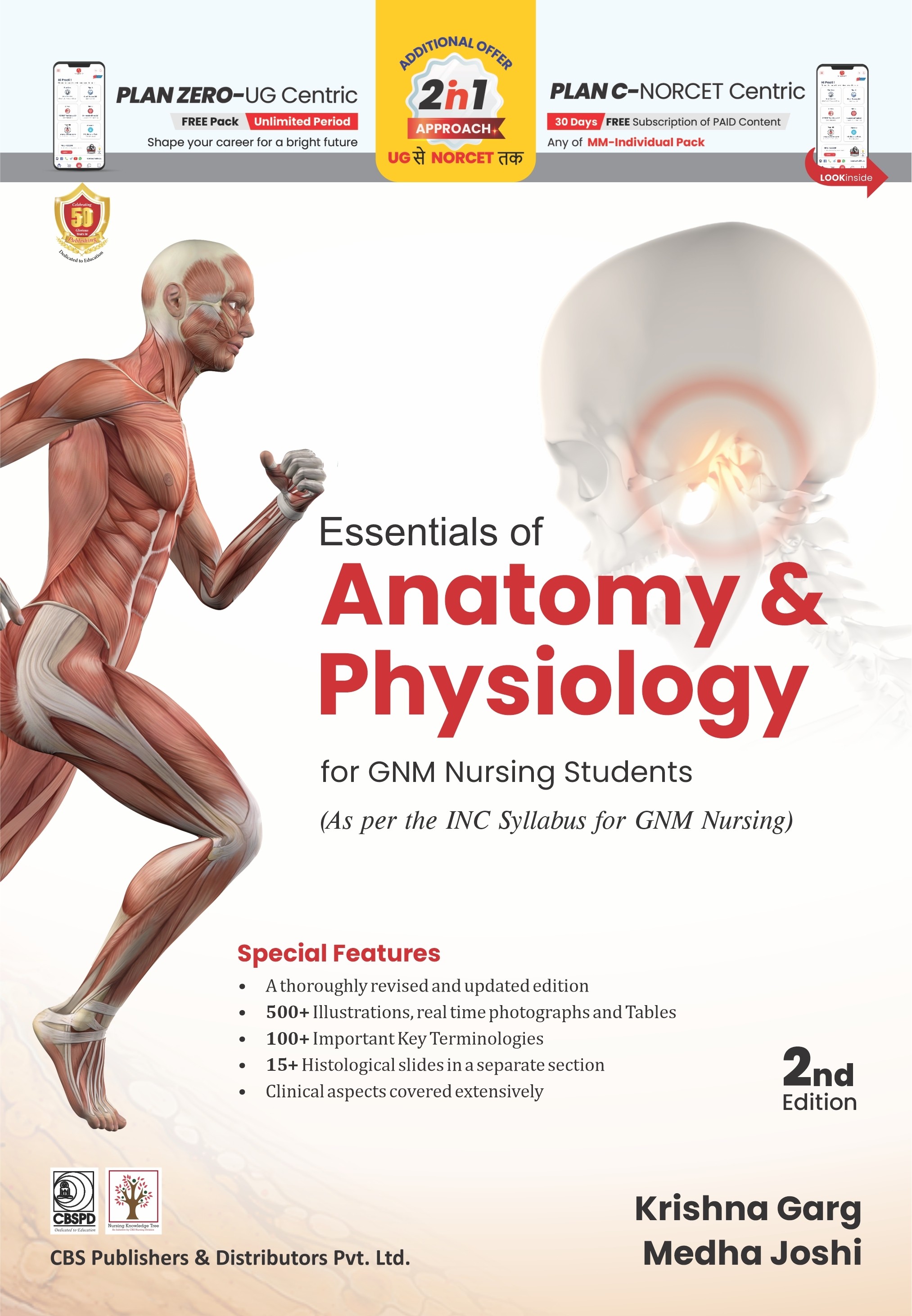


This is a Hindi translation of the book Anatomy and Physiology for Nurses with Clinical Importance. For the convenience of teaching and learning the subject, simple language has been used throughout, keeping the terminology in English only. Clinical anatomy has been described which will be helpful for nursing students. Some important illustrations have been given in colour in the form of colour plates.
This is a Hindi translated version of the book Anatomy and Physiology for Nurses with Clinical Importance aimed at the students where the subject of nursing is taught in Hindi. For the convenience of teaching and learning the subject, simple language has been used, keeping the terminology in English only. Clinical anatomy has been described which will be helpful for nursing students. Some important illustrations have been given in colour in the form of colour plates.
Krishna Garg MBBS, MS, PhD, FAMS, FIMSA, FASI is ex-Professor and Head, Department of Anatomy, Lady Hardinge Medical College, New Delhi. She along with Prof SH Singh has written a book Anatomy and Physiology for Nurses and Allied Health Sciences for BSc (Nursing) students. Now she along with Dr Medha Joshi has brought out a book for a large number of auxiliary nursing and midwifery (ANM) and for general nursing and midwifery (GNM) students. She is the chief editor of BD Chaurasia’s Human Anatomy, editor of BDC Human Anatomy for Dental Students, Human Embryology and Handbook of General Anatomy. She is coauthor of Textbook of Histologyand Textbook of Neuroanatomy. Medha Joshi MBBS, FCGP is visiting faculty, Department of Anatomy, Pt Deendayal Upadhyaya National Institute for Persons with Physical Disabilities, New Delhi. She is an examiner of University of Delhi. She had taught anatomy to dental students at Krishna Dental College and Harsaran Das Dental College, Ghaziabad and has recently joined Kalka Dental College, Meerut. She has a keen interest in the subject of anatomy and her experience as a general physician of 25 years provided insight in formulating the “Clinical Anatomy” sections of this book.



